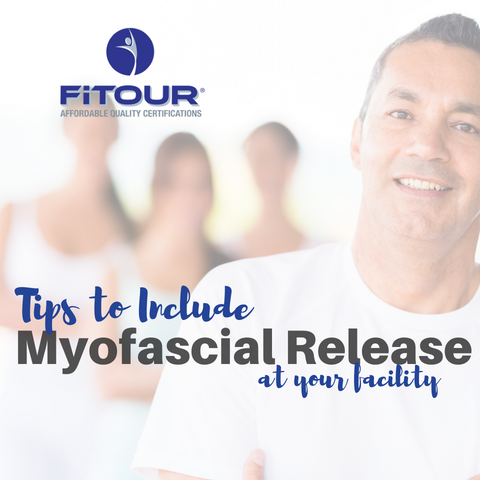Submitted by Melissa Vidito on

In fitness, we define the F.I.T.T Principle as: frequency, intensity, type, and time. We include this principle in program design for group exercise and personal training clients in five areas:
- Cardiovascular endurance
- Muscular strength
- Muscular endurance
- Flexibility
- Body composition
If we are to properly serve our membership, our group exercise schedules need to include fitness formats that address all five components of fitness. Our instructors should encourage members to participate in the five components of fitness so that members create well-rounded plans for maintaining fitness or becoming physically fit. Addressing our members goals is critical to member retention and connecting with their reasons for participating in fitness, their "why", is vital. Exploring your own reason, or "why", for participating in fitness from the front of the room will help you address the needs of your members.
Reaching our to our members and creating action plans is critical to their success. We need to find ways to meet their needs & incorporate a variety of formats to help them on their own journeys. Time and time again, though, we find that most of our members indicate they do not address all five areas of fitness. This forces us to try to do more in the small amount of time we have with them each week. One of these components is not more important than the other. Yet, all too often, flexibility gets the short end of the stick; in looking over flexibility, or skipping it all together, we are setting our bodies up to fail.
Flexibility is the ability to move a joint through its full range of motion. How can we improve our members flexibility and overall mobility with the small window of time allowed? The answer is simple. Myofasical Release is the key:
- Implement a myofascial release with the foam roller sequence at the end of class
- Create a climate for improved performance and recovery by utilizing the techniques of self-myofascial release in a class that promotes flexibility, body awareness, and mobility.
- Encourage trainers and group instructors to allow for five minutes of flexibility and myofascial release work that will make a direct impact on members overall wellness.
Improved recovery, flexibility, and performance all directly nurture overall wellness. Myofascial release decreases back pain, promotes healthy tissue, and recovery. As fascia becomes healthier, pain diminishes and posture improves. When we help our members say goodbye to pain, we are simultaneously increasing their energy level and overall feelings of happiness! Myofascial release has powerful physical and mental benefits that lead to a higher quality of life.
